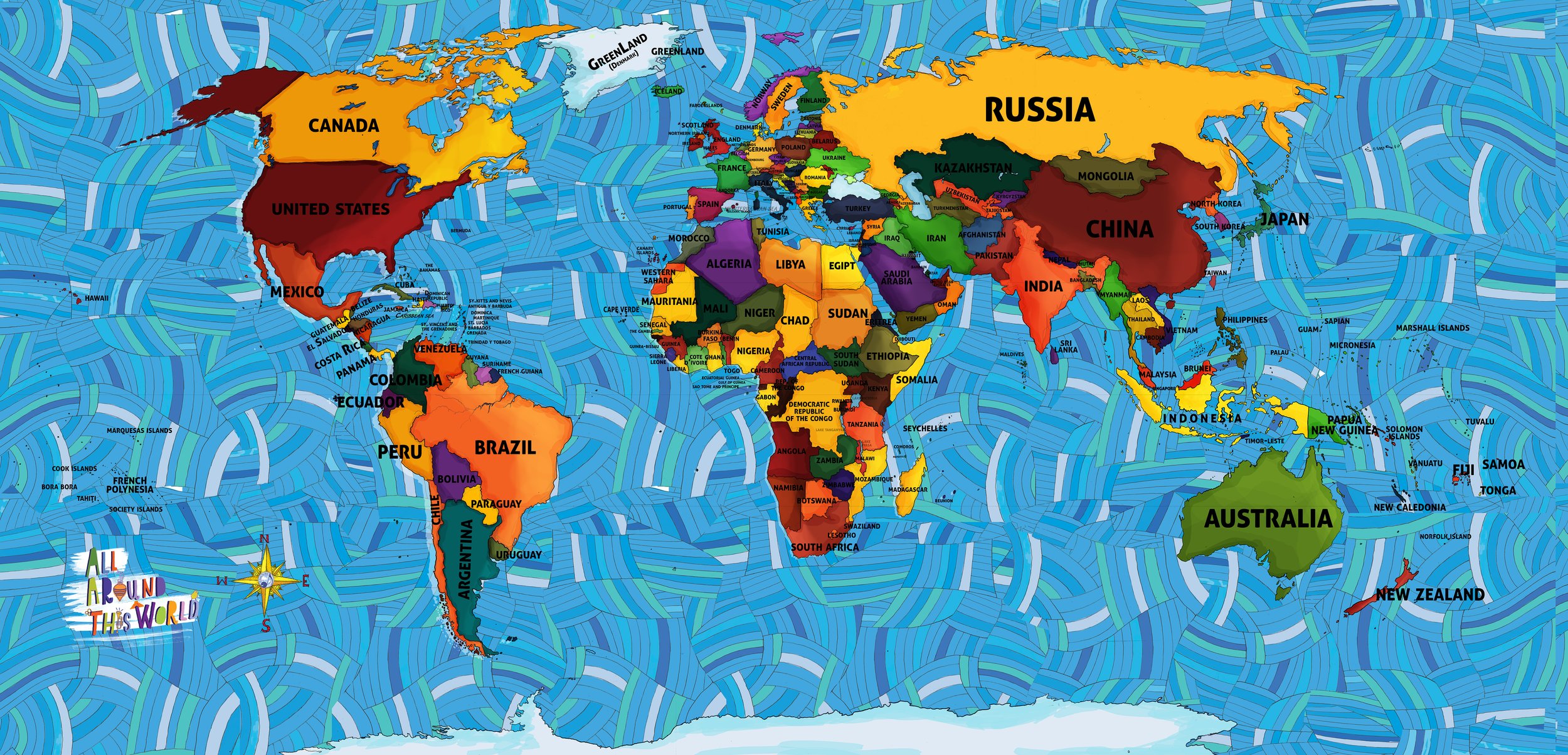wEST ASIA AND THE MIDDLE EAST
Welcome, friends, to a particularly fascinating season of All Around This World online classes for kids. Over the next several months we're going to explore the many musics and cultures of West Asia and the Middle East.
Why do we use both “West Asia” and “Middle East” to describe this region?? Well, when we say “West Asia” we're addressing the land mass is generic geographical terms. “Asia” is is a continent with some fairly clear geographic boundaries – lots of water on both its east and western ends. There are definitely complexities – as well as Georgia/Azerbaijan and Armenia, which may or may not be part of Asia (see a debate about whether these countries are in Asia or Europe) – but the term “Asia” is relatively judgment-free.
Not so the term “Middle East.” In this case, the “the East” is “the East” from the perspective of “the West,” which is Western Europe. “Middle” is only the “middle” if viewed from a particular place. This term assumes that those who make the maps – those who hold the power to determine what is what – are in “the West,” looking eastward with region-naming pen in hand. If you're sitting in Uzbekistan, there is nothing “East,” let along “Middle,” about any of it.
On the other hand, the term “Middle East” is in such wide use that we, at least for the moment, have decided to let it share the bill with “West Asia.” Plus, for the sake of cultural, historical, religious, political and musical consistency, we include music from Egypt in our season.
Egypt is geographically in North Africa, but has long been considered a part of the Middle East. The same, more or less, with Iran, which many consider to be Central Asia rather than West, but is so definitively intertwined in Middle Eastern history and politics that we bring it into the fold.
Got it? Good. Now, let's forget all that and SING!
EXPLORE WEST ASIA AND THE MIDDLE EAST WITH…
-

-
DANCES, HOLIDAYS AND FUN!

IN CLASS THIS SEASON…
-
-
-
-
-
-
-
-
-
We mellow out after a long, hot day and enjoy the Hour of Solomon.
-
-
-
ALL AROUND THIS WORLD’S SONGS AND LESSONS
Click on the map to meet any region of the world.



